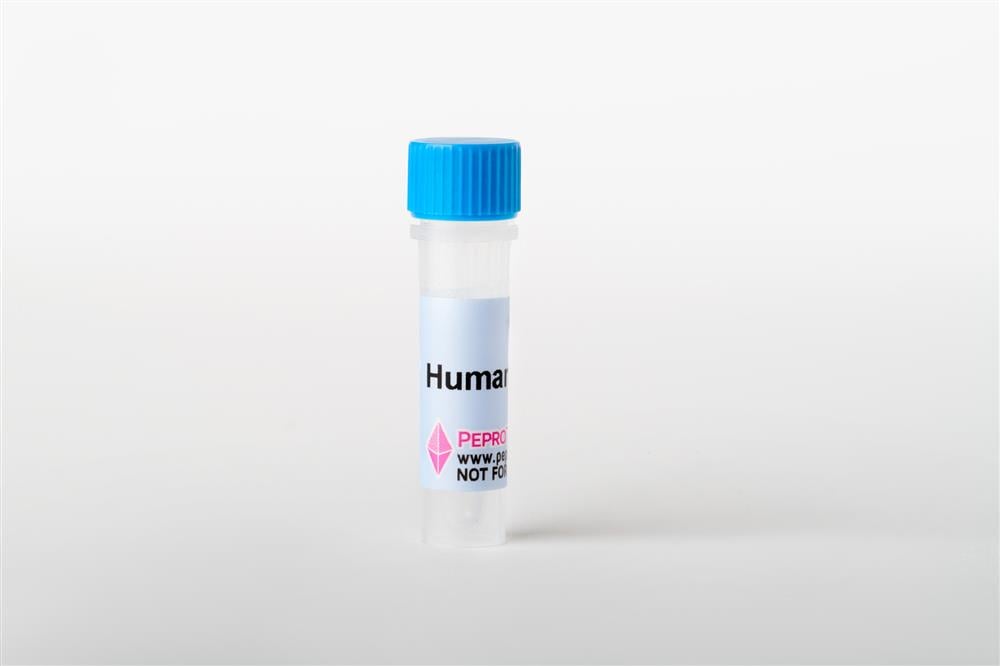310-15
Recombinant Human 4-1BB Receptor
PeproTech
DESCRIPTION
4-1BB Receptor, a member of the TNF superfamily of receptors, is mainly expressed on the surface of a variety of T cells, but also found in B cells, monocytes, and various transformed cell lines. 4-1BB Receptor binds to 4-1BBL to provide a co-stimulatory signal for T lymphocytes. Signaling by 4-1BB Receptor has been implicated in the antigen-presentation process and generation of cytotoxic T cells. The human 4-1BB Receptor gene codes for a 255 amino acid type I transmembrane protein containing a 17 amino acid N-terminal signal sequence, a 169 amino acid extracellular domain, a 27 amino acid transmembrane domain and a 42 amino acid cytoplasmic domain. Recombinant Human soluble 4-1BB Receptor is a 167 amino acid polypeptide (17.7 kDa), which contains the cysteine-rich TNFR-like extracellular domain of 4-1BB Receptor.
DETAILS
- Gene Id: 3604
- Uniprot: Q07011
- Activity: Determined by its inhibitory effect of the 4-1BBL mediated stimulation of IL-8 production by human PBMC. About 90% of inhibition was seen using a concentration of 1ug for both 4-1BBL and 4-1BBR.
- Category: RUO Cytokines
- Subcategory: Growth Factors & Cytokines
- Research Areas: Apoptosis, Immune System, Receptors, TNF Superfamily
- Alternative Names: TNFRSF9, CD137, T-cell antigen ILA, CDw137
- Species of Origin: Human
- Expression System Source: E.coli
Equivalent Items
| ... Loading
